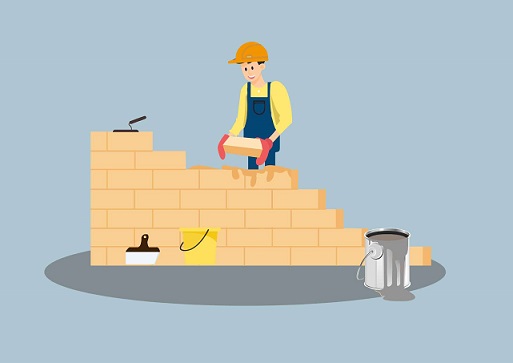 (相关资料图)
(相关资料图)
Image Source : China Visual
BEIJING, March 16 (TMTPOST) —— The National Bureau of Statistics (NBS) released the price changes of commercial housing in 70 large and medium-sized cities in February on Thursday, showing an upward trend in the property market.
Against the backdrop of the shift in pandemic prevention and control and the gradual relaxation of local regulation, the transaction volume of China"s property market increased in February, which led to the rebound of housing prices.
In terms of new homes, the sales prices in first-and second-tier cities rose 0.2% and 0.4% month-on-month respectively in February. The growth rate remained unchanged in first-tier cities and rose 0.3 percentage points in second-tier cities. Sales prices in third-tier cities stopped falling and turned from a month-on-month decline of 0.1% to a month-on-month increase of 0.3%.
In terms of existing homes, the sales prices in first-tier cities rose 0.7 percent in February from the previous month, up 0.3 percentage points from the previous month. Sales prices in second - and third-tier cities rose from a month-on-month decline of 0.3% to an increase of 0.1%. Sales prices in third-tier cities stopped falling, turning from a month-on-month decline of 0.4 percent to a flat level.
Housing prices across the country showed signs of stabilization and recovery. On average, the prices of new homes in 70 large and medium-sized cities stopped falling in January and rose 0.3% in February. Sales prices for existing homes recovered to a month-on-month rise of 0.1%. The average sales price of new commercial homes and existing homes in 70 large and medium-sized cities turned from a month-on-month increase to a month-on-month decline at the same time in September 2021 and has continued a downward trend since then, falling for 17 consecutive months.
In February, home prices in third-tier cities stopped falling for the first time in nearly two years. Since the second half of 2021, the national real estate market has experienced an overall downturn, with third-tier cities bearing the brunt of the decline, and the decline is greater than that of first-tier and second-tier cities. Prices of newly built homes and existing homes have been declining for 17 and 18 months, respectively.
Prices fell sharply in fewer cities. 13 cities saw new home prices fall in February, 20 fewer than in January, according to the NBS. The number of cities where new home prices rose increased from 36 to 55. The number of cities where prices of existing homes fell decreased to 30. The number of cities with price increases of existing homes climbed to 40.
The simultaneous release of pent-up demand during the pandemic control period and the Chinese New Year holiday supported the overall improvement of the market in February, but there is still great uncertainty about whether the upward trend can continue thereafter.
Liu Lijie, a market analyst at the Beike Research Institute, said the recent market recovery is a compensatory release of overstocked housing demand, including a large number of improved demand for new homes. A short-term high transaction volume does not mean the market has entered a stage of rapid recovery.













































































